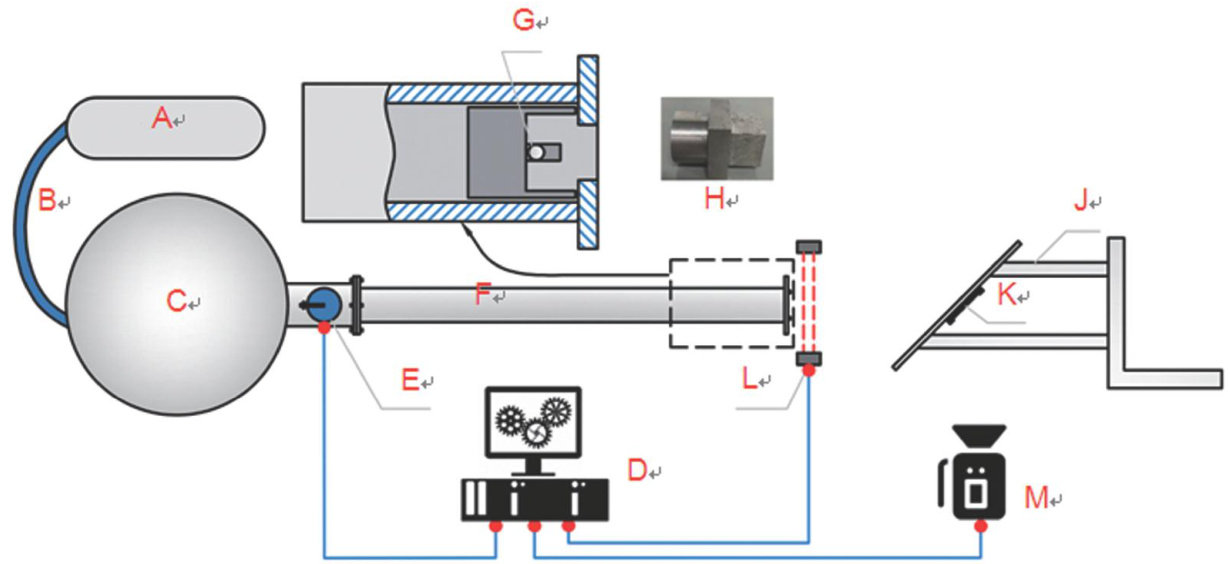C/SiC与TC4层合结构的斜侵彻破坏行为和机理


打开文本图片集
Oblique penetration failure behavior and mechanisms of C/SiC and TC4 layered structures
CHENG Ran,LI Tao,ZHU Zhiwu * (School of Mechanics and Aerospace Engineering, Southwest Jiaotong University, Sichuan Province Key Laboratory of Advanced Structural Materials Mechanical Behavior and Service Safety,Chengdu 611756)
Abstract:Toinvestigatethemesostructural response,failure modes,and failure mechanismsof thelayered structurecomposed of composite material (C/SiC)and titanium aloy(TC4)during oblique penetration,aswell as theirdependenceon penetration velocityandobliquity,experimentaland numerical studies wereconductedontheoblique penetrationof spherical projectiles into this structure at velocities ranging from 35O to 550 m/sand obliquity angles between 30∘ and 60∘ . Amesoscopicmodel ofthe C/SiCcompositewas developed,incorporating microvoids,a SiC matrix,and transverse/longitudinal fiber bundles.The Hashin criterion was employed to assess damage in thecomposite material.During penetration,the strong attenuation efectofC/SiConshock waves prevented spalltiononthebackofthe target.DelaminationandfiberfractureoccurredinthecentralregionoftheC/SiCfrontplate,formingcracksthatpropagatedobliquelytowardtherear.SignificantbendingdeformationoftheTC4rearplateonlyoccurreduponcontact with the projectile,eventuallyleading toperforation.Thepenetrationfailure modesofthislayered structureincludefiberbundlefracture,microvoidcolapse,internal delamination ofthecomposite,andinterfacedelaminationbetween C/SiCandTC4.Asthepenetrationvelocityincreases,the riseinshearstresscausesthefailuremodeoftheC/SiCcompositetoshiftfromdelaminationtofibershearfracture,withan increase in the inclinationangleand propagationdistance of obliquecracks.Asthe penetration obliquity increases,theout -of-plane velocitycomponent of the projectile decreases,reducing the bending deformation of the TC4 rear plate.Meanwhile,theinitiationof interfacedelaminationbetween C/SiCandTC4isdelayed,butthedelaminationareaincreases. Keywords: C/SiC and TC4 layered structure;oblique penetration;failure mode;failure mechanisms
1引言
超高速飞行器在高马赫数飞行时,气动热导致其局部表面达到 1000‰ 以上的高温,这些局部高温区域通常采用耐高温表面层(C/SiC、C/C、SiC/SiC 等)和金属底衬层(钛合金、镍基合金等)的层合结构[1-2]。(剩余15838字)